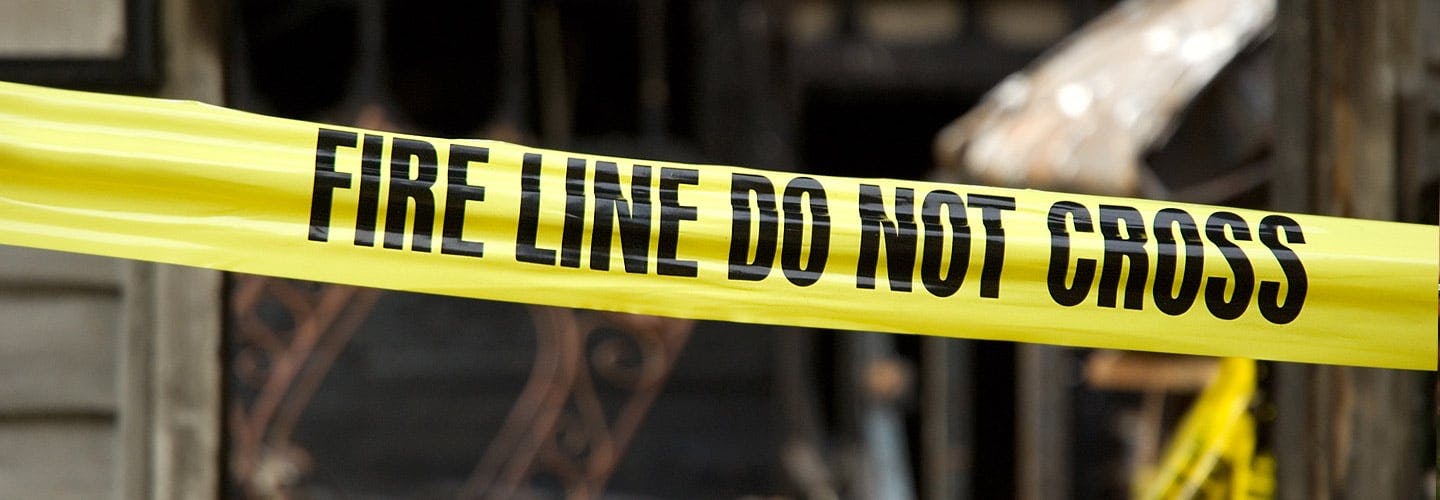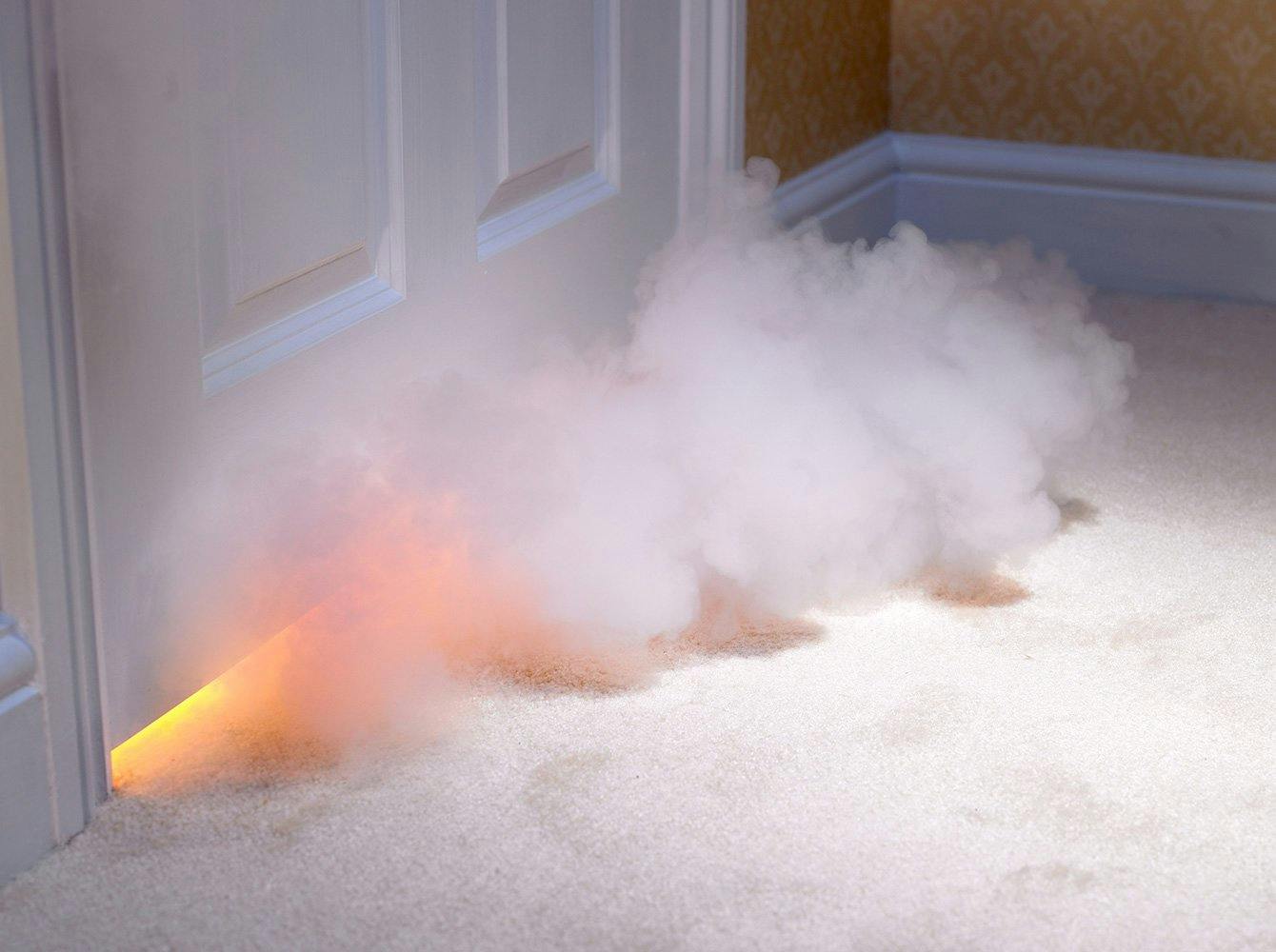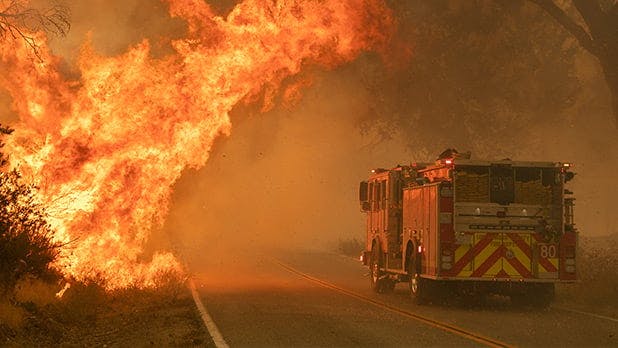What to do after a house fire: a step-by-step guide
- Crisis management
- Homeowners insurance

The aftermath of a fire brings chaos and confusion – both emotionally and logistically. This is why having a comprehensive plan in place is necessary. With over 1.3 million fires per year in the U.S., there is a good chance that you or someone you know could be impacted by a house fire. A well-structured post-fire plan can keep your family safe and streamline the recovery process.
While the aftermath of a fire can be overwhelming, having a well-thought-out plan about what to do after a fire can make your next steps more manageable. Imagine knowing exactly whom to contact, where to find temporary shelter, how to address insurance claims and what steps to take to rebuild your life. Such a plan can act as a lifeline during a time of immense distress, providing a sense of control and direction when everything else seems uncertain. It not only aids in minimizing the immediate impact but also plays a crucial role in fostering long-term resilience.
So what should you do after a fire incident? While each fire, and family, is unique, the steps below are a good starting point for your household fire plan.
Step 1: Assess the damage
After a fire, promptly evaluating the damage's scope is your first and most important step. This means identifying affected items and areas, assessing the degree of damage and confirming the safety of the house. The fire department can provide guidance about the livability or safety of your home. If you are at all uncertain if it is safe for you to enter, talk to them.
In situations where the fire has been particularly severe, evacuation becomes a consideration. Depending on the extent of damage and potential risks, evacuating the premises might be necessary to ensure the safety of everyone involved. While it can be a challenge to evacuate your home, it is important to prioritize the safety of everyone in your household. You can prepare your car for evacuation ahead of time so you’re ready to evacuate for any reason.
Step 2: Contact your insurance company
It’s always a good idea to know what your insurance coverage and limits are, but it’s especially important when filing a claim. Take a moment to review the policy before filing this claim to be certain that you fully understand it. You can reach out to the VIU by HUB Advisory Team if you have questions about anything, including how to file an insurance claim. They will help you understand and prepare to call your insurance company to file a claim. Your claim is likely to be for a large amount of money, so you want to be sure you know what to expect before you call.
Before filing your claim, collect photos, documents and anything you have that demonstrates the damage. Your insurance company needs this documentation to know what to do after the fire to get your claim filed and paid out correctly. When you present this evidence to your insurance company, they will likely assign you an insurance adjuster to help assess the damage and work toward a fair settlement.
Rest easy with the right homeowners insurance
Step 3: Contact your utility companies
An often-forgotten to-do after a fire is contacting utility providers. Turn off the gas, water and electricity to prevent any further damage and hazards to the home. This step alone can go a long way toward safeguarding your property. Once you have turned off your utilities, you can begin to consider repairs and replacements. Coordinate with your utility providers to arrange for the necessary fixes to get these utilities back up and running. Whether it's repairing what's salvageable or replacing what's beyond repair, you need to get these essential systems back in working order.
Step 4: Dispose of the damaged property
Evaluate the condition of damaged items by looking closely and objectively. Salvageable items should undergo thorough cleaning and repair to restore usability. For items beyond repair or severely damaged, proper disposal is key. Dispose of them in accordance with local regulations, preventing environmental harm. This step is about more than just getting rid of things – it's about moving forward while being mindful of the environment, the community around you and your own physical and mental wellbeing.
Note that you will need to work with your insurance company for this step. They will advise you on what to do and may want to inspect your property. Your claim could be denied if you dispose of items before your insurance company has a chance to evaluate and document the damage to the property.
Step 5: Secure your property
The next thing to do after a fire incident is secure your property. This step is essential to prevent unauthorized access and potential theft. Boarding up windows and doors has a dual benefit of both deterring intruders and protecting against weather damage. Implement security measures like alarms or surveillance to discourage looting and vandalism.
Taking security a step further, consider the installation of temporary fencing as an extra deterrent against people who may try to gain access to your property. It also serves to establish a perimeter of safety, allowing recovery efforts to proceed. Another consideration is a security system such as an alarm. By reinforcing your property's defenses, you're not just securing its physical integrity, but also avoiding roadblocks during restoration.
Step 6: File a claim with FEMA
For those eligible, the Federal Emergency Management Agency (FEMA) offers financial aid and a path for what to do immediately after a fire through the full recovery process. This is more likely to apply to victims of wildfire than housefires. File a claim promptly to access assistance for essential needs such as temporary housing, home repair and other disaster-related expenses. FEMA's support can significantly ease your burden in the aftermath of a fire.
The sooner you file, the sooner you can access FEMA’s assistance. Their support can aid in keeping a roof over your head during the rebuilding phase. FEMA can also help restoration go faster and offer financial support for your immediate needs.
Step 7: Get emotional support
The emotional toll of a fire can be profound. It's essential to acknowledge and address the trauma you've experienced. You know yourself, and how to get emotional support after a fire best, but consider seeking emotional support from friends, family and support groups. If needed, consider speaking to a therapist or counselor specializing in trauma. Taking care of your emotional well-being is essential for rebuilding your life after the devastation of a fire.
Rebuilding after a fire is not just about walls and roofs, but also about healing yourself and your family. By following the above steps and embracing the support of your insurance company, government agencies and personal support systems, you can find your way back to a place of stability and security.
Next steps:
If you’re looking for help understanding what your insurance policy covers for fire damage, the VIU by HUB Advisory Team would be happy to walk you through your policy.
If you’re looking for how to prevent fires from happening, this post about fire safety at home is a good place to start.
A panoramic outlook on
all things insurance
The VIU Point is here to help you make sense of it all, so you can confidently compare auto insurance quotes and make the best policy decisions.


